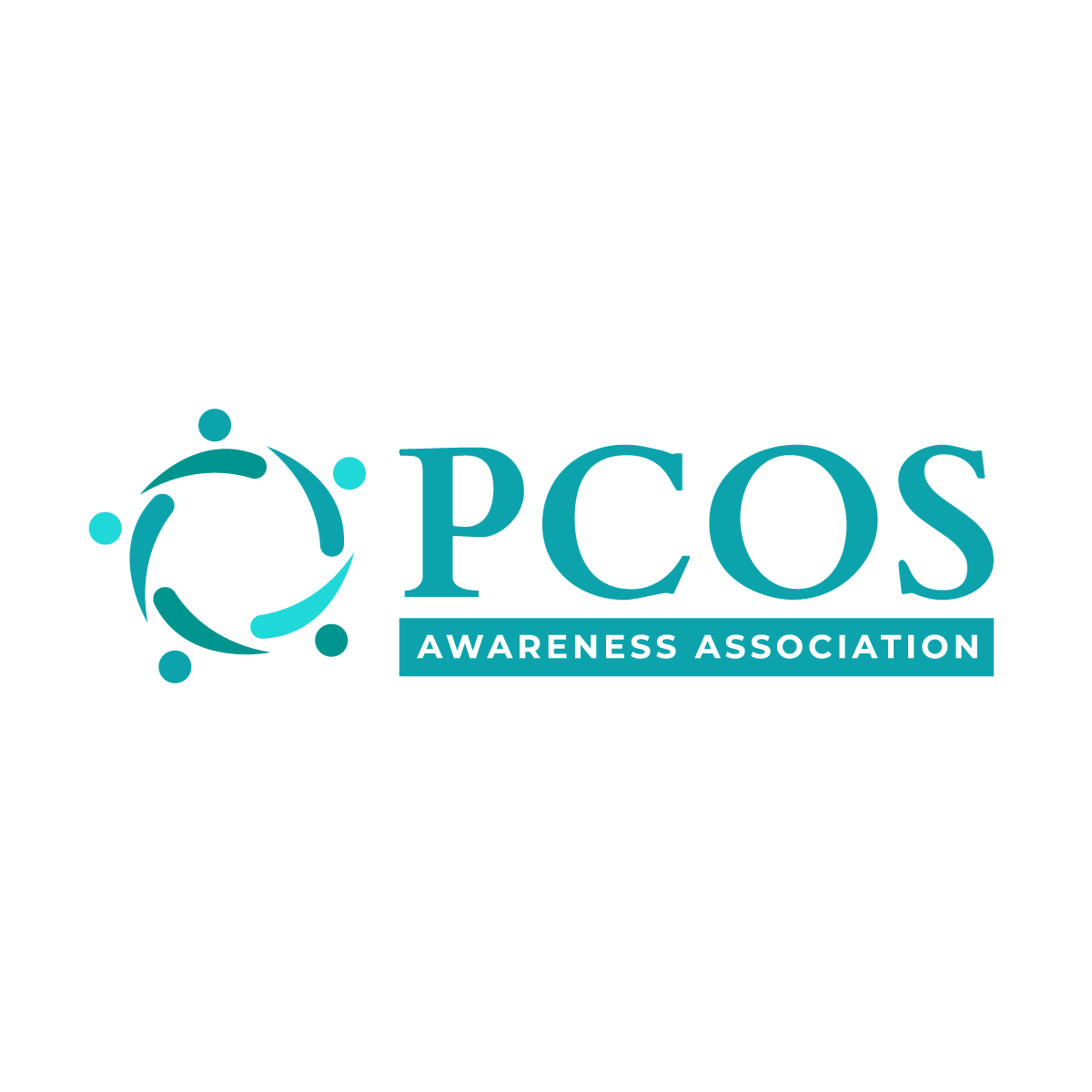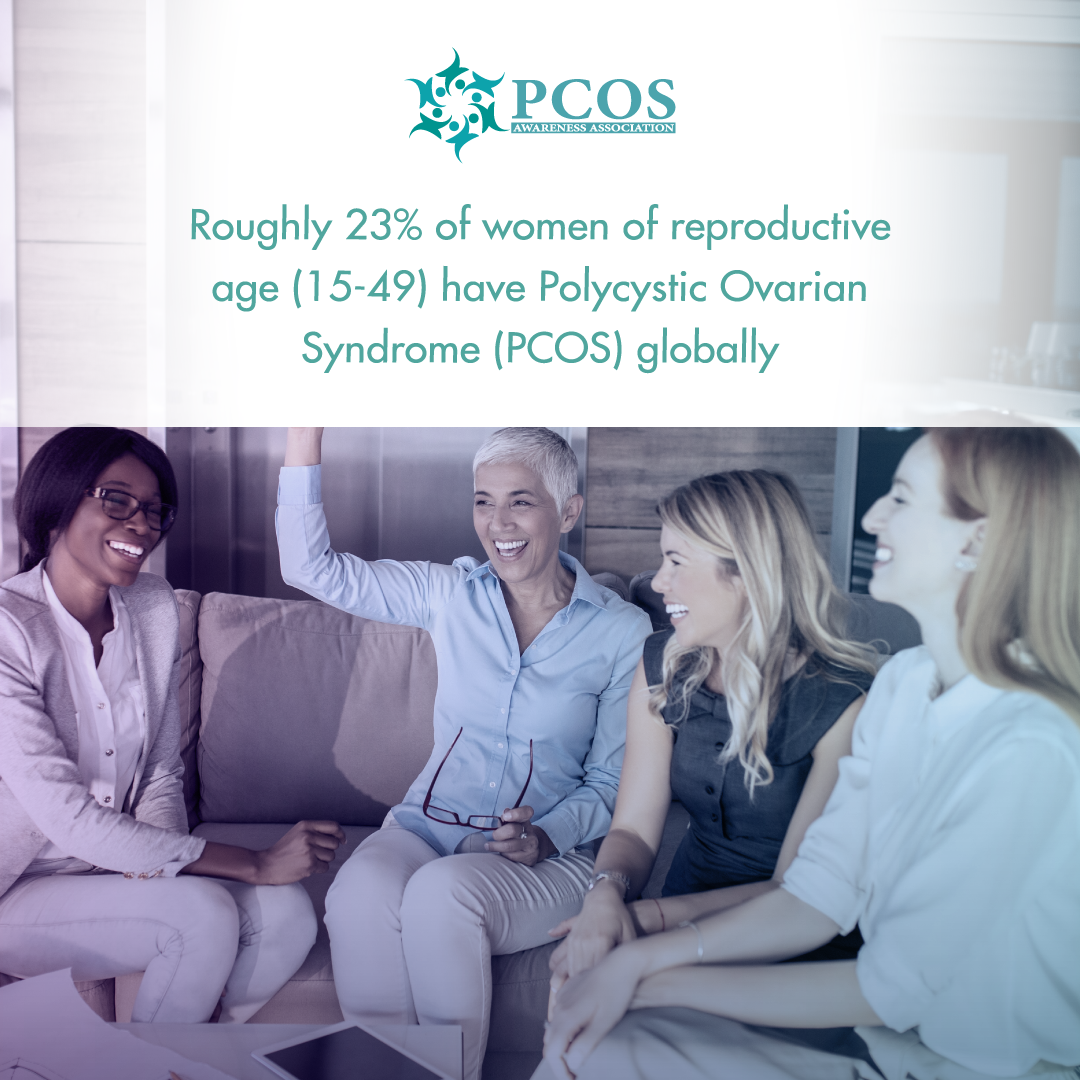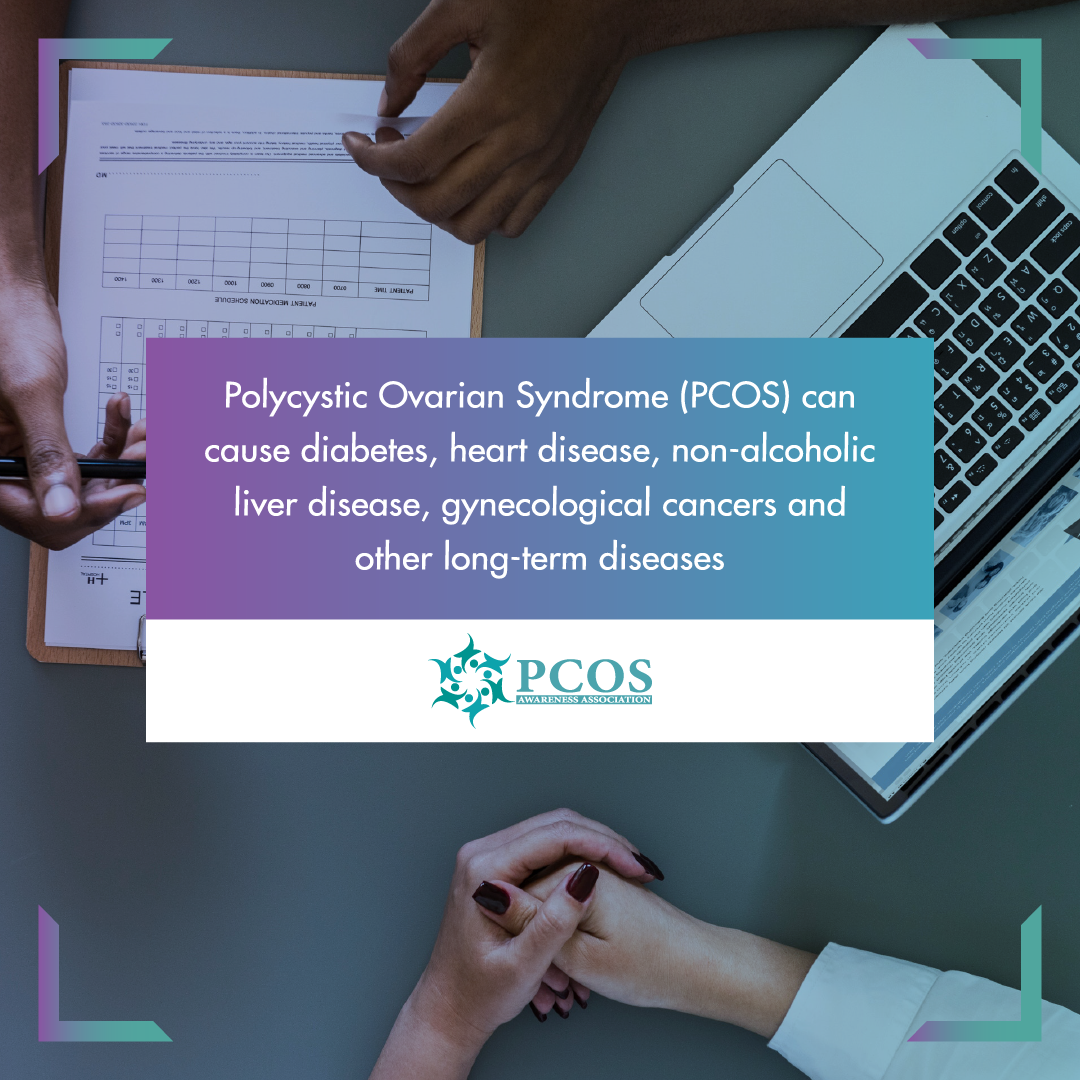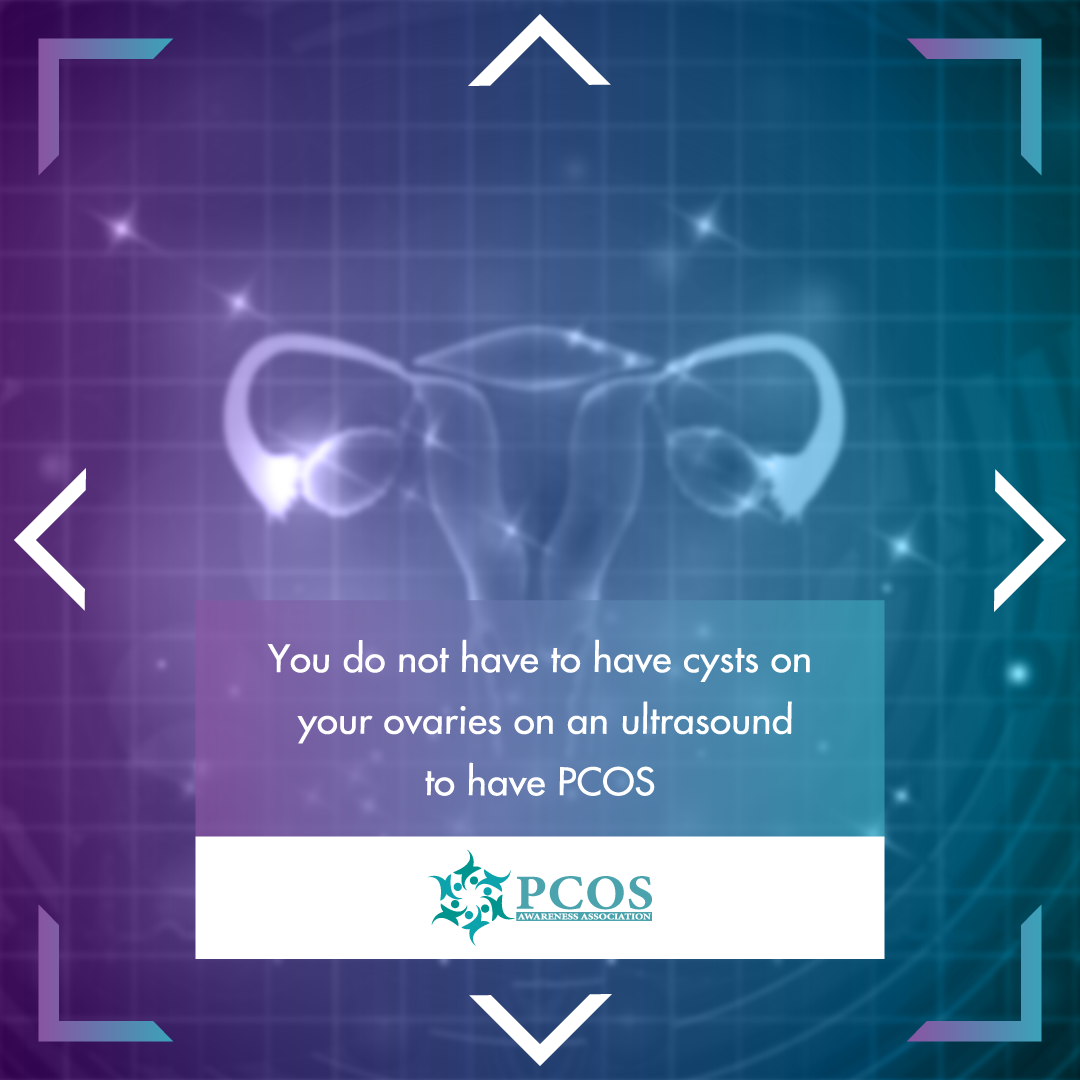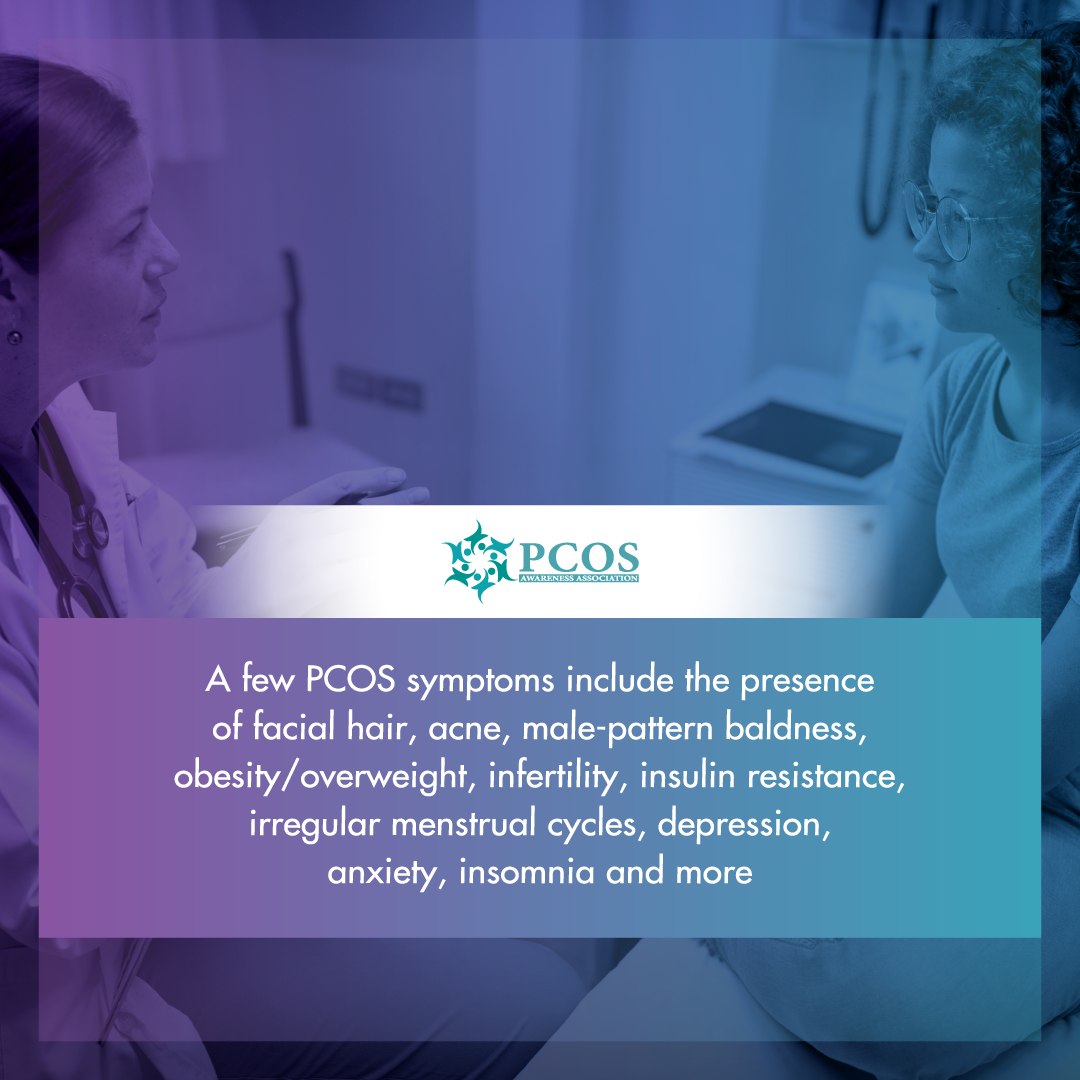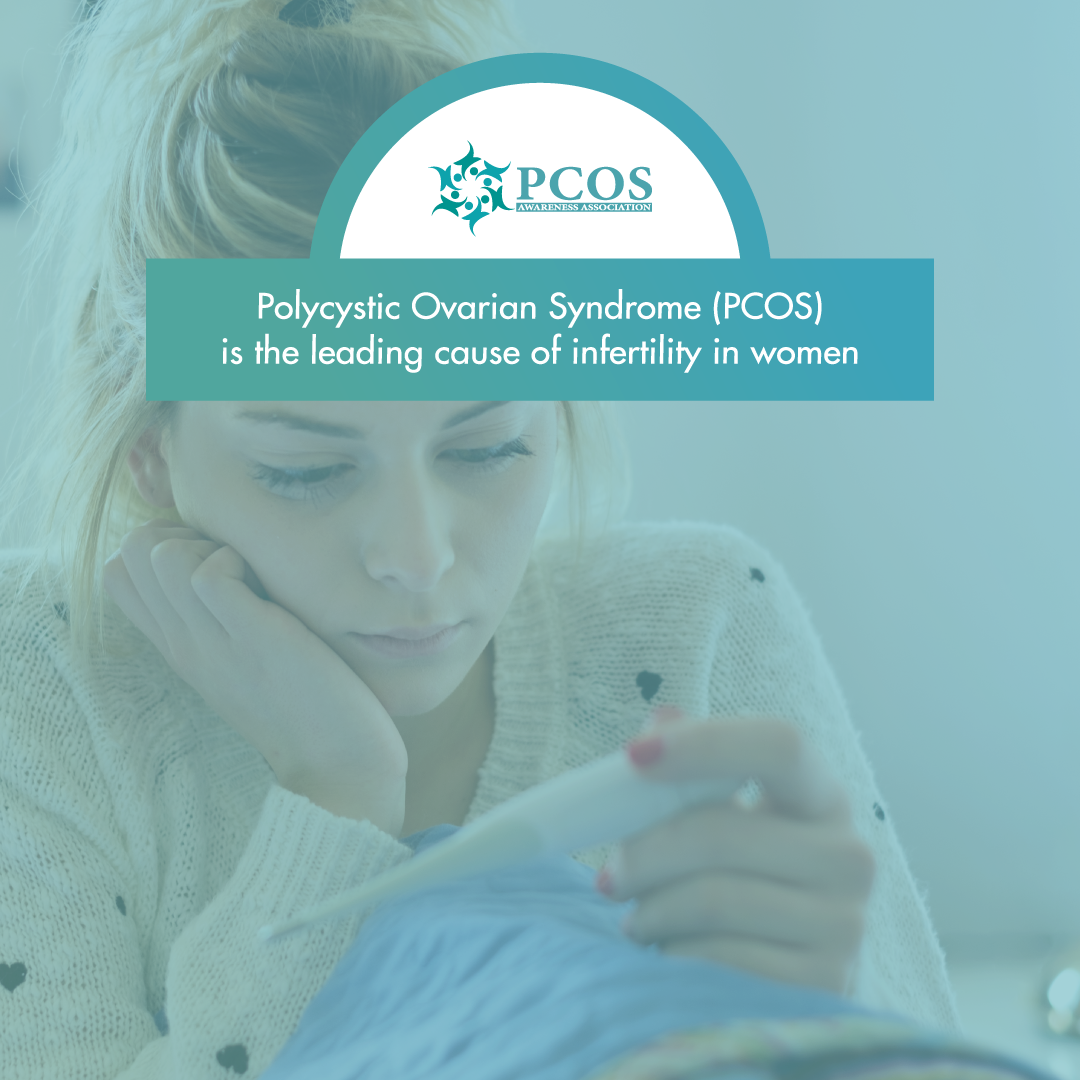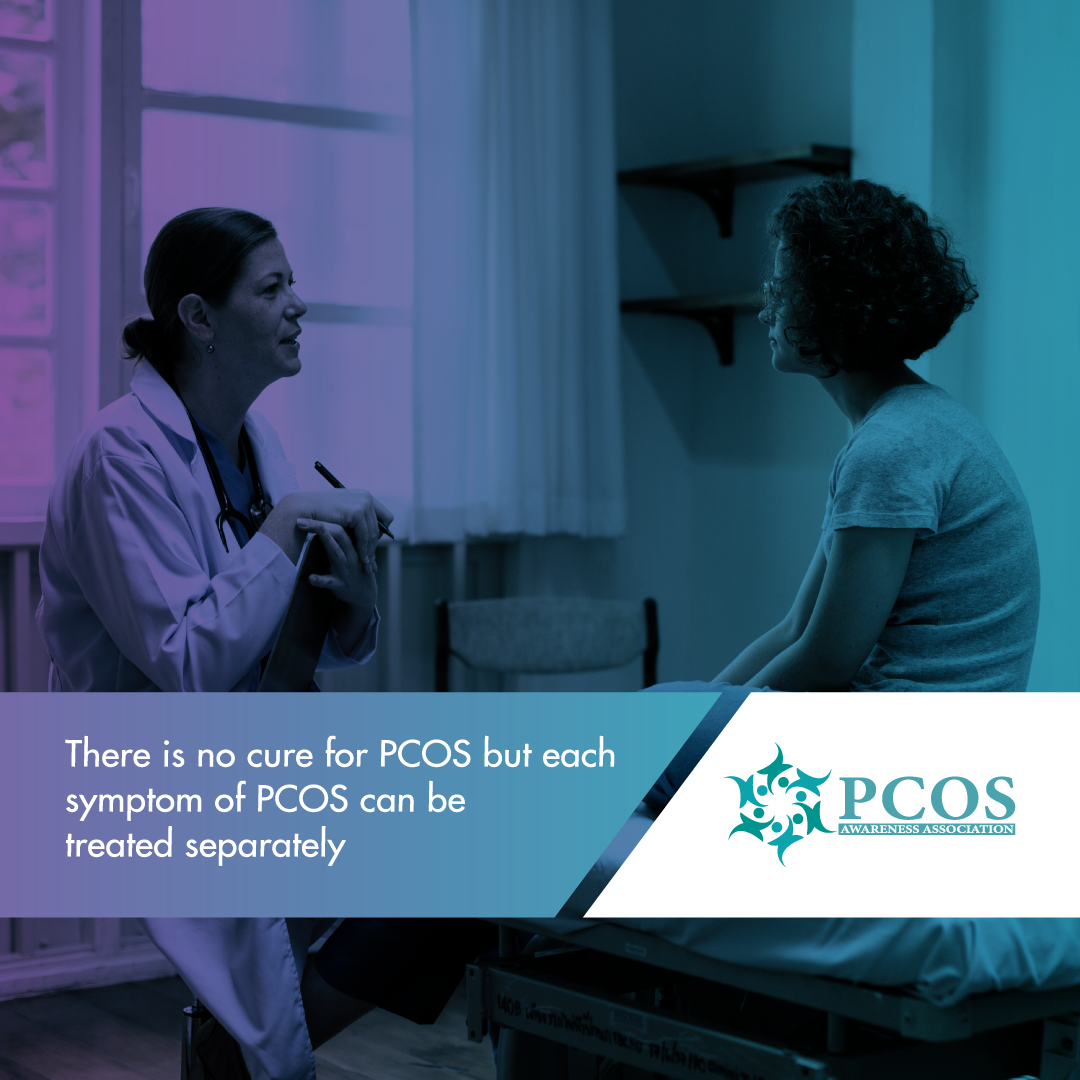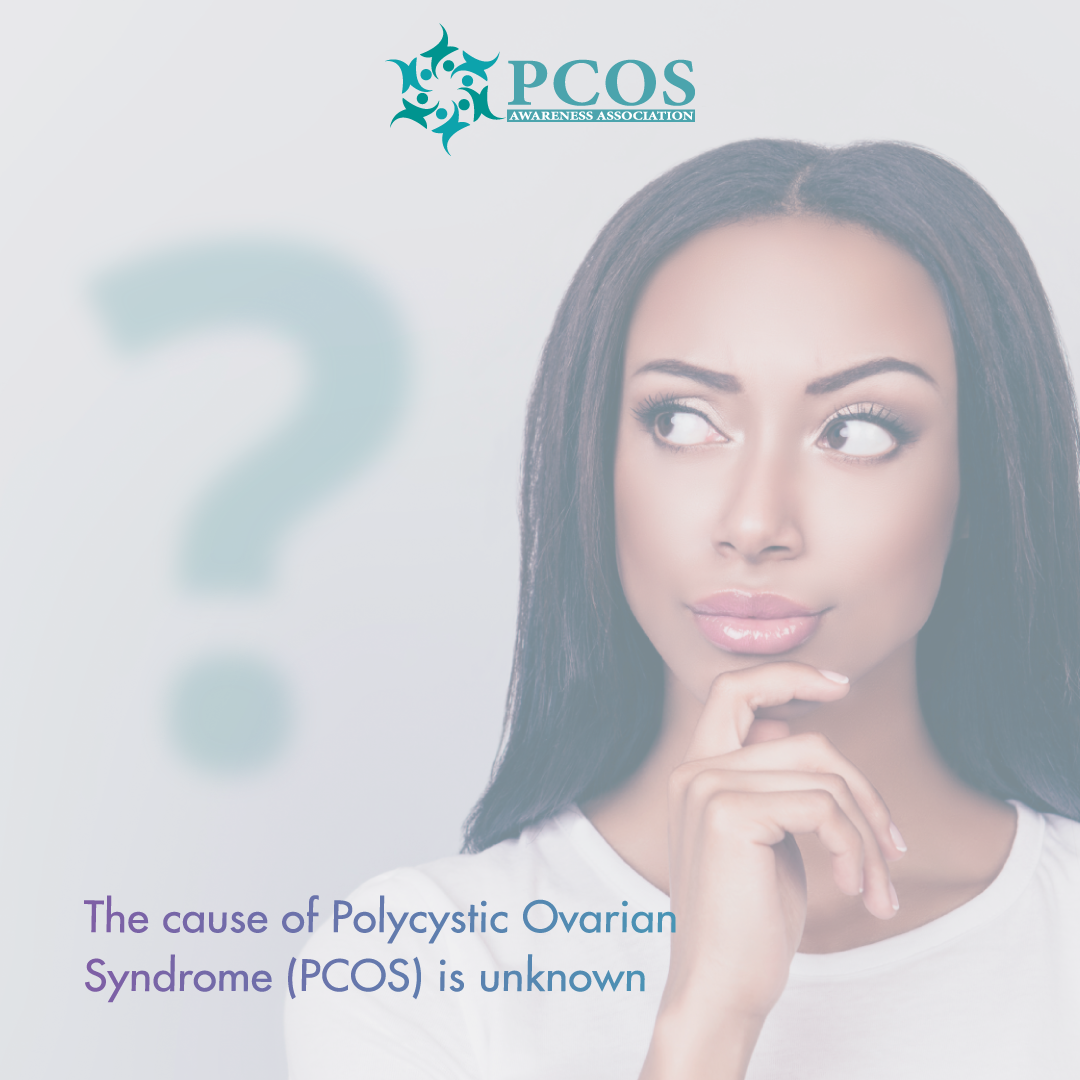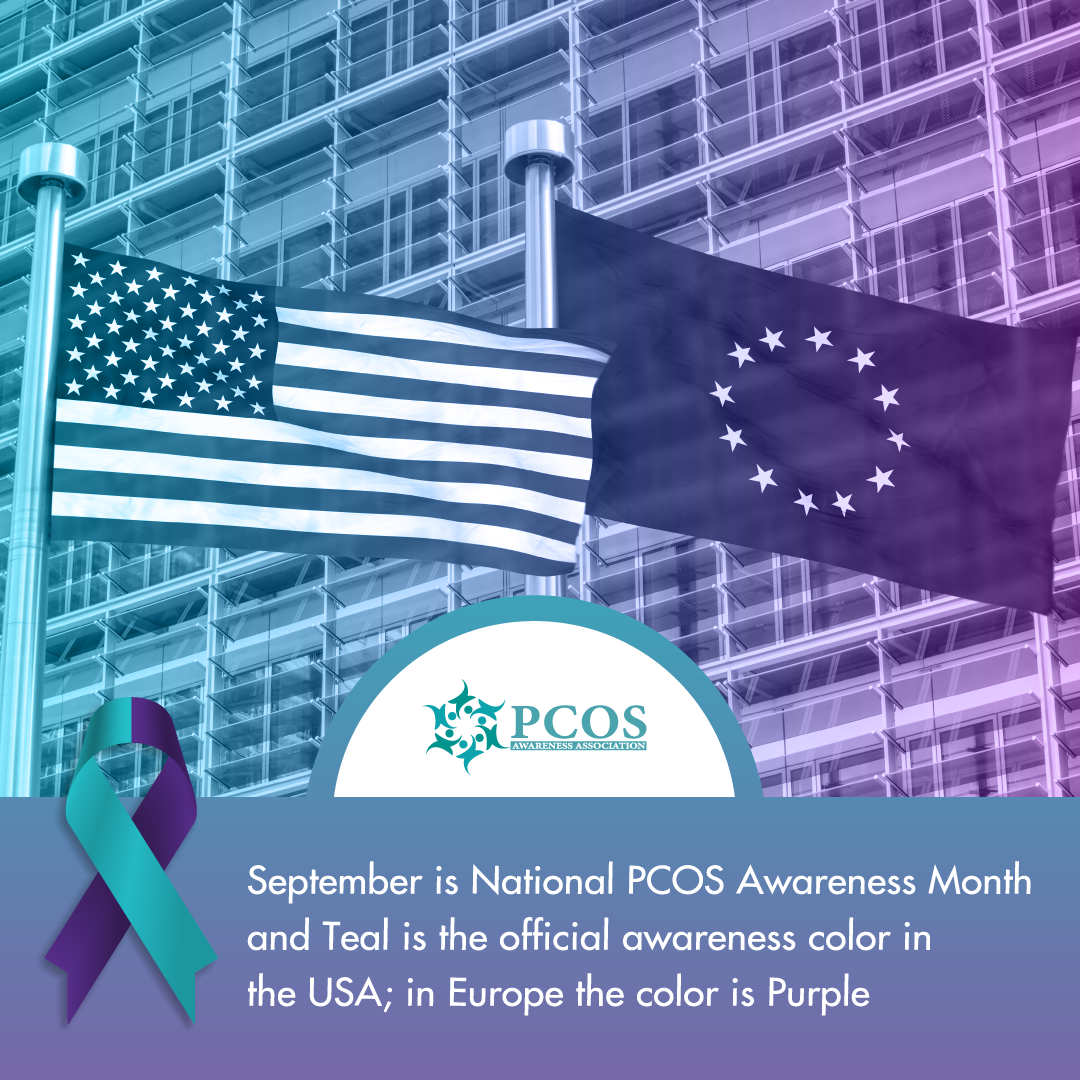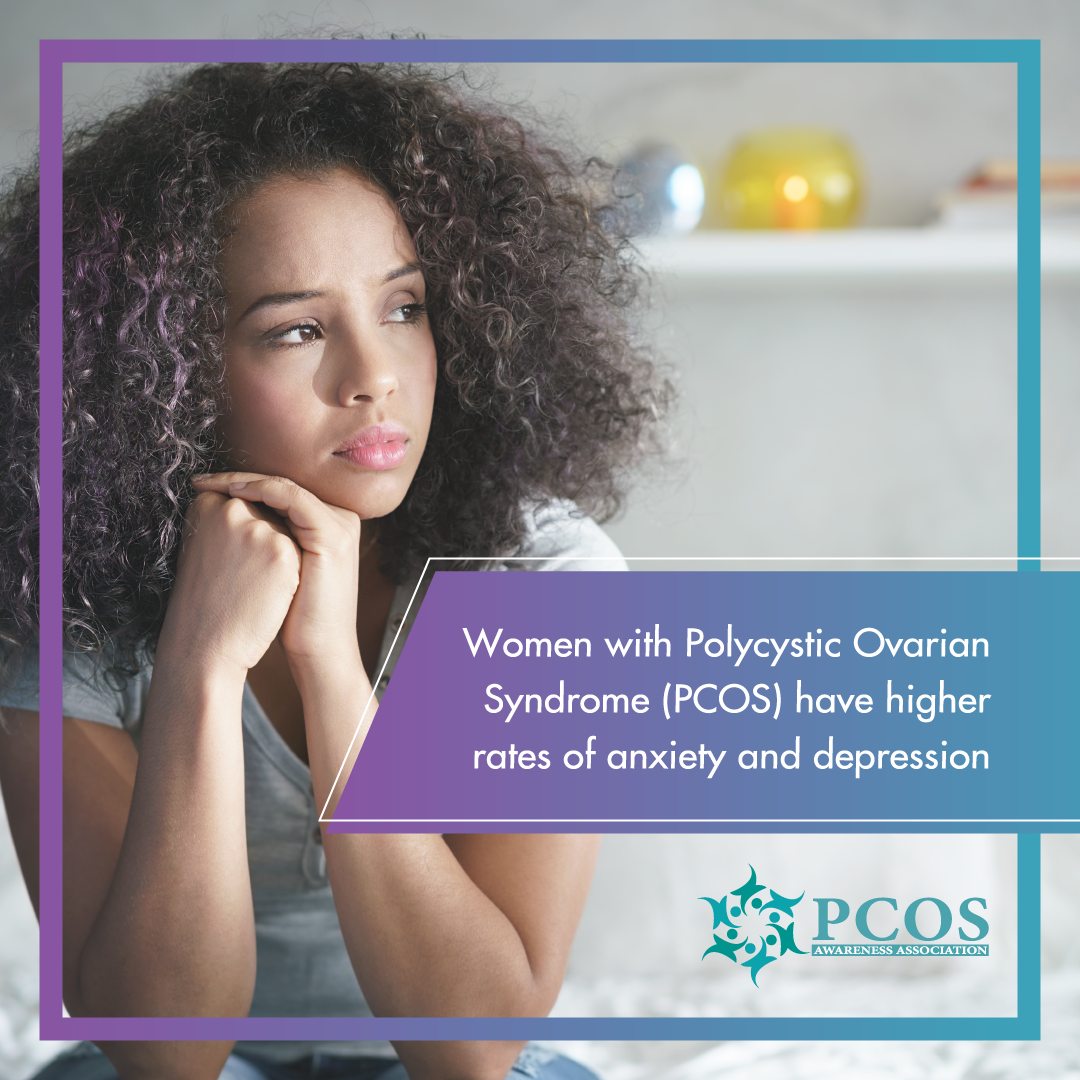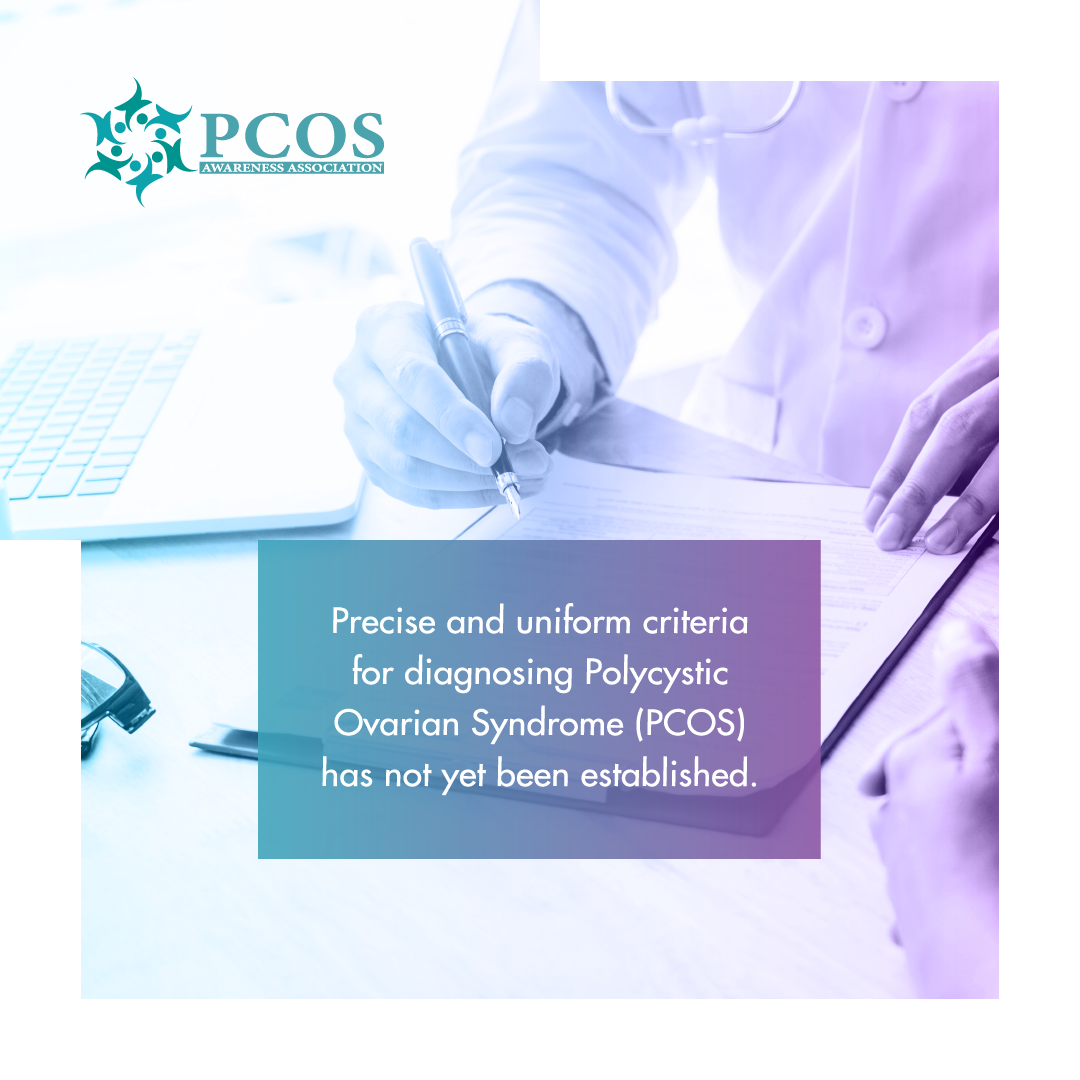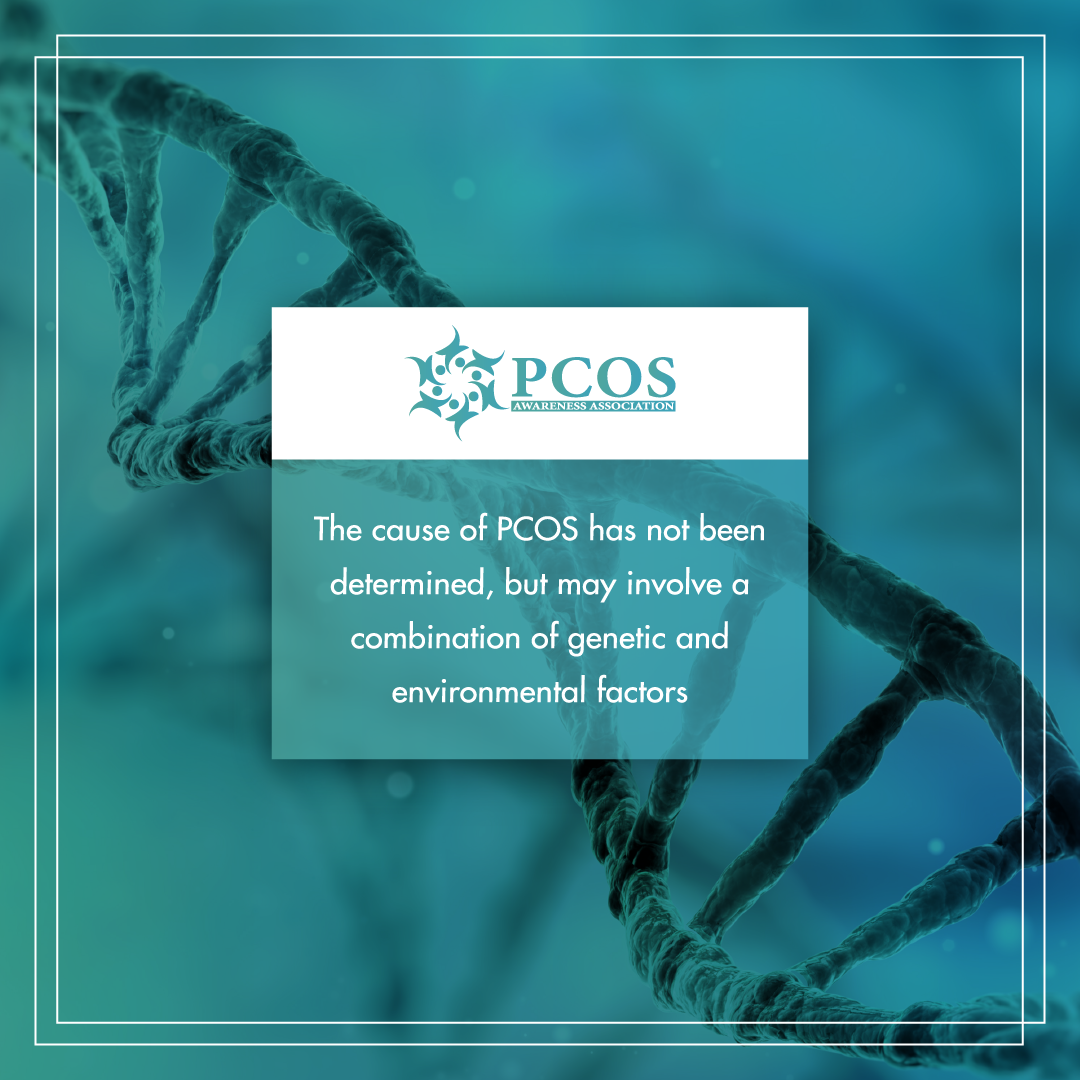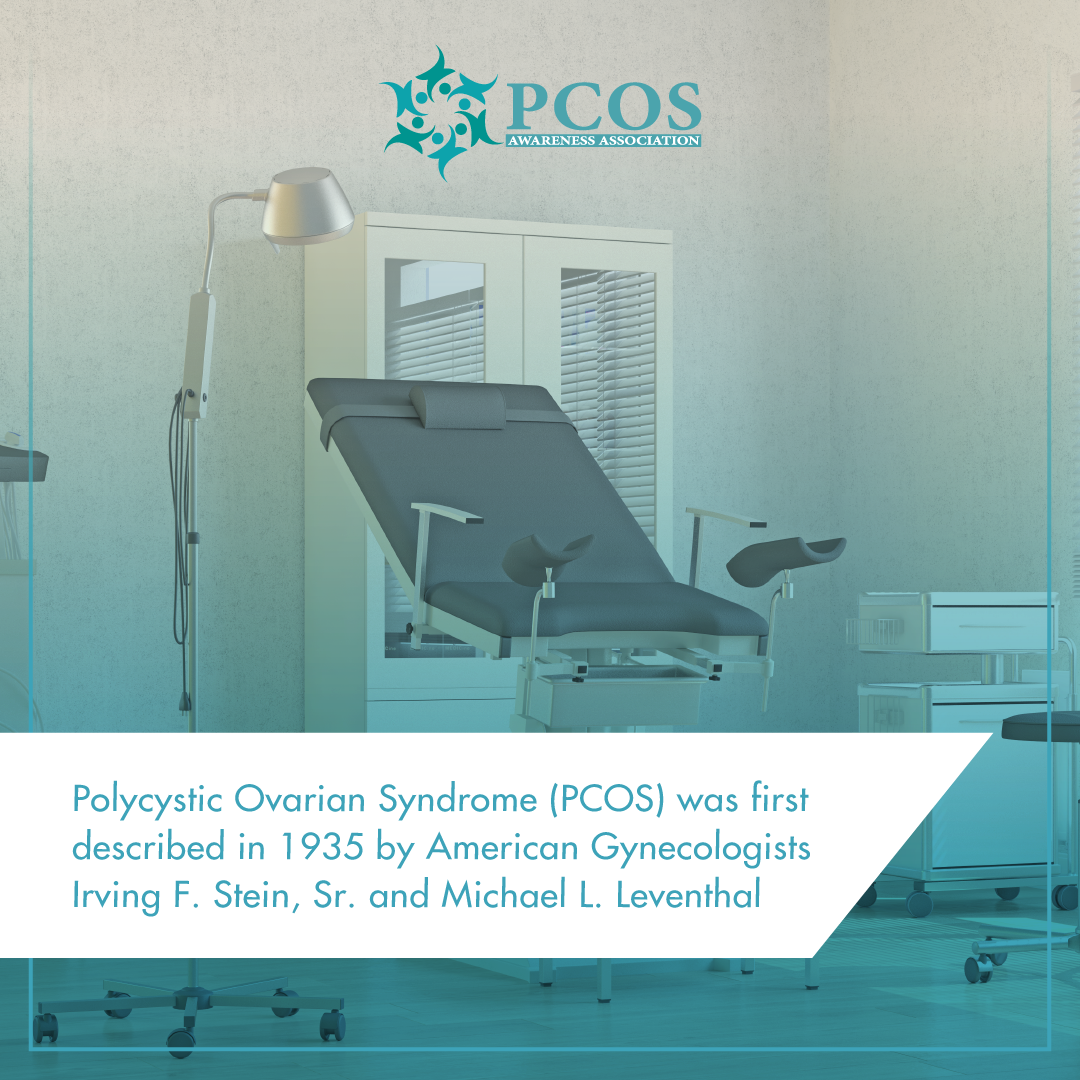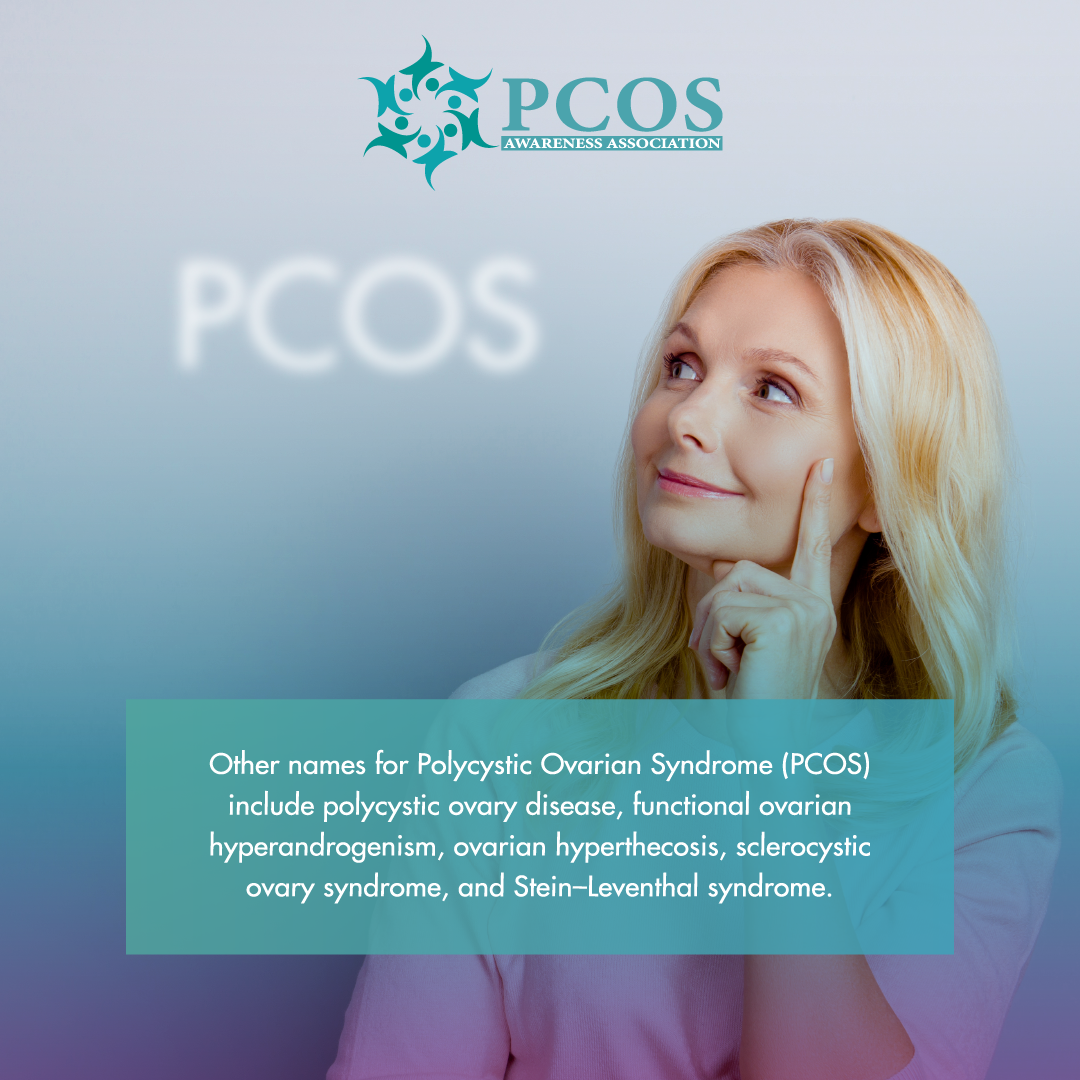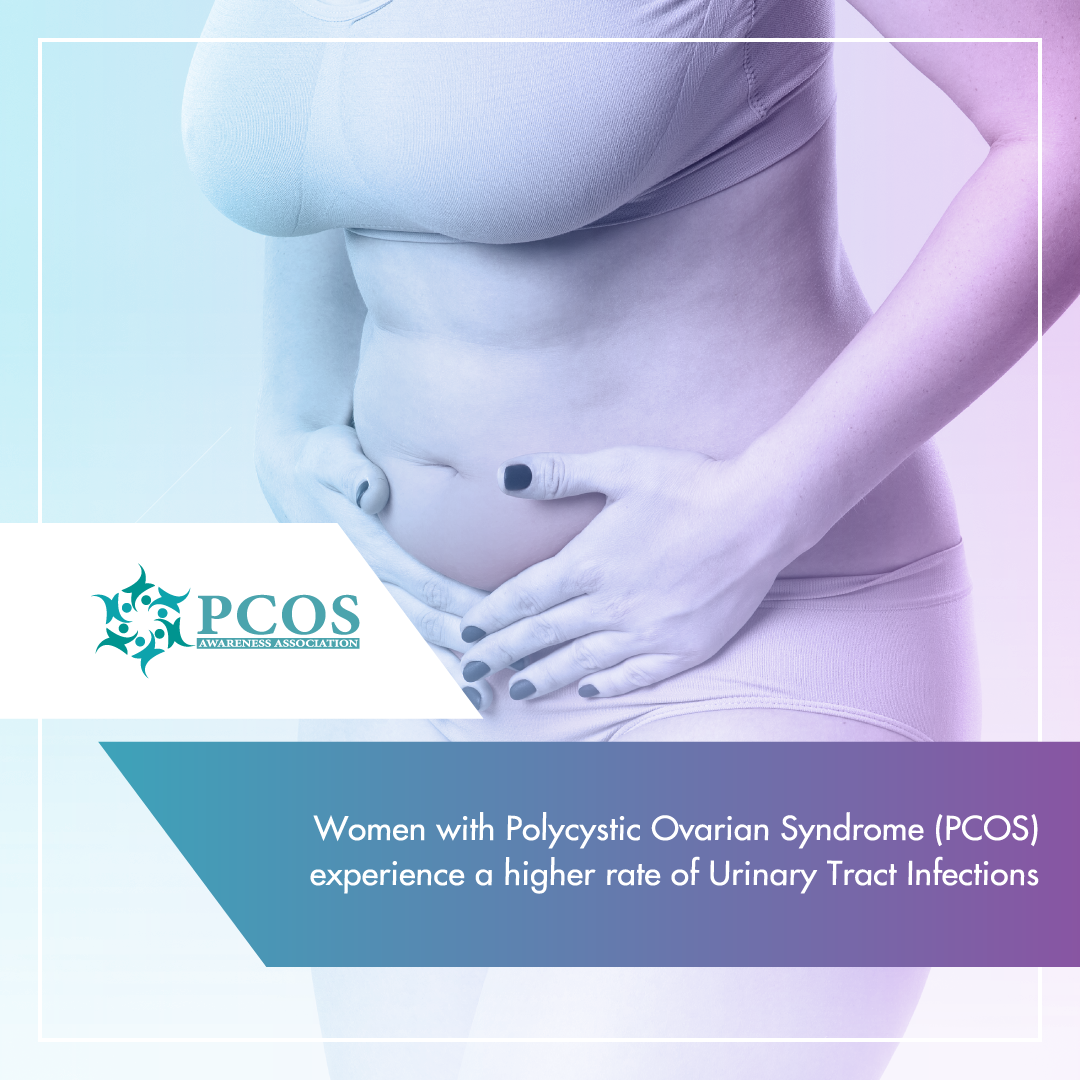Is there a cure for PCOS?
There is no cure yet, but there are many ways you can decrease or eliminate PCOS symptoms and feel better. Your doctor may offer different medicines that can treat symptoms such as irregular periods, acne, excess hair, and elevated blood sugar. Fertility treatments are available to help women get pregnant. Losing as little as 5% excess weight can help women ovulate more regularly and lessen other PCOS symptoms. The ideal way to do this is through nutrition and exercise.
You may feel that it is difficult to lose excess weight and keep it off, but it is important to continue the effort. Your efforts help reduce the risk of developing serious health complications that can impact women with PCOS much sooner than women without PCOS. The biggest health concerns are diabetes, heart disease, and stroke because PCOS is linked to having high blood pressure, pre-diabetes, and high cholesterol.
What is an Ovarian Cyst?
The definition of a cyst is a fluid-filled sac. Cysts can occur anywhere in the body. With PCOS, women can develop "cysts" due to eggs not being released over time. The follicles keep growing and form multiple "cysts." These may be described as appearing like a "string of pearls" in an ultrasound image.
Despite the name, women with PCOS don't need to have ovarian cysts. Women without PCOS may develop cysts related to other reasons. The most common type of ovarian cyst is called a functional cyst.
These cysts are described as "functional" because they often develop during the menstrual cycle. There are 2 types:
Follicular Cysts: These usually go away on their own in 1 to 3 months. These form when an egg doesn't get released as expected, so the follicle keeps growing.
Corpus Luteum Cysts: These also usually go away on their own. They form after the follicle ruptures and releases the egg (ovulation). The follicle reseals and fluid starts to build up within it. They can enlarge and cause pain, bleed, or twist the ovary. Fertility medicines used to promote ovulation (such as clomiphene) can increase the chances of developing these types of cysts.
Ovarian cysts can also be related to endometriosis, or formed from the outer surface of the ovary (cystadenomas), or formed with non-ovarian tissue (dermoid cysts).
Possible Symptoms
Most ovarian cysts are small and don't cause symptoms. Women may not even know they have one until they have a pelvic exam. If there are symptoms, they may include:
You may need surgery if you have pain, are past menopause, or if the cyst does not go away. If a cyst bursts or causes bleeding, you should get medical help right away.
Getting a Proper Diagnosis
Ovarian cysts can sometimes be detected during a pelvic examination, although an imaging test, usually a pelvic ultrasound, is necessary to confirm the diagnosis.
A CT scan or MRI is sometimes used to determine information about the cyst's size, location, and other important characteristics.
One or more blood tests may be recommended if you are found to have an ovarian cyst. The blood test(s) can help to determine the nature of the cyst.
Ovarian Cyst Treatment
Ovarian cysts do not always require treatment and often resolve on their own within one to three months. In postmenopausal women, ovarian cysts are less likely to resolve.
If a cyst is large, causing pain, or appears suspicious for cancer, treatment could involve surgery to remove the cyst or the entire ovary.
Endometriosis
Ovarian cysts can also be related to endometriosis, or formed from the outer surface of the ovary (cystadenomas), or formed with non-ovarian tissue (dermoid cysts). Dermoid cysts come from cells present from birth. Because these cysts form from embryonic cells, they can contain tissue such as hair, skin, or teeth. They're rarely cancerous and do not usually cause symptoms.
Endometriosis occurs when pieces of the tissue that line the womb (endometrium) are found outside the womb in the fallopian tubes, ovaries, bladder, bowel, vagina, or rectum. Blood-filled cysts can sometimes form in this tissue.
When to Seek Medical Treatment
If you have been diagnosed with an ovarian cyst and you develop any of the following symptoms, seek medical help immediately:
Pain with fever and vomiting
Sudden, severe abdominal pain
Faintness, dizziness, or weakness
Rapid breathing
These symptoms could mean that your cyst has broken open, or ruptured. Sometimes, large ruptured cysts can cause heavy bleeding.
Prevention
Although there's no way to prevent ovarian cysts, regular pelvic exams help ensure that changes in your ovaries are diagnosed as early as possible. Be watchful of changes in your monthly cycle, including any unusual menstrual symptoms. Talk to your doctor about symptoms that concern you, especially ones that persist for more than a few menstrual cycles. If your PCOS cyst changes or becomes worrisome, please talk to your health care provider.
Sources: Office of Women's Health, Department of Health and Human Services. American College of Obstetrics and Gynecology.
What Causes PCOS?
